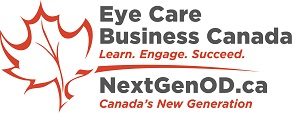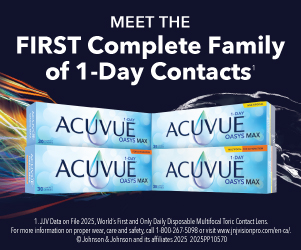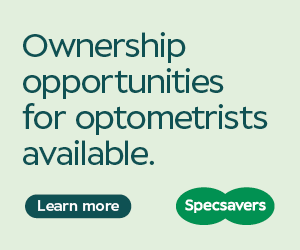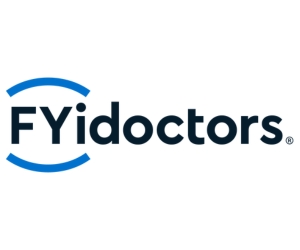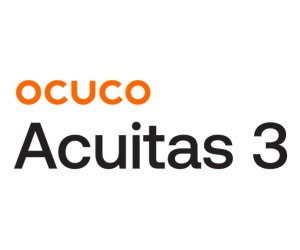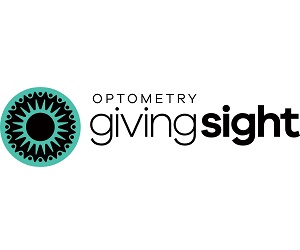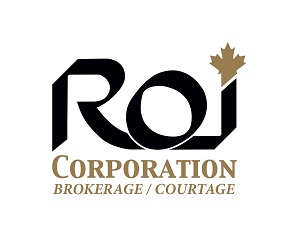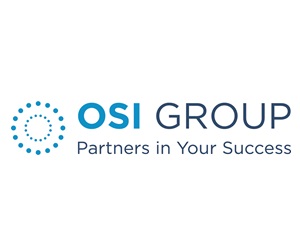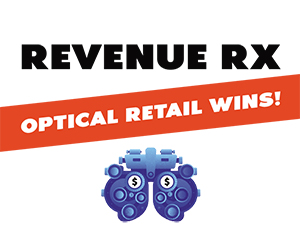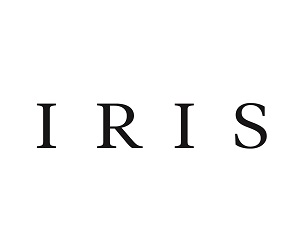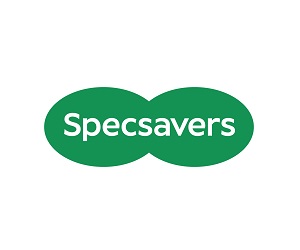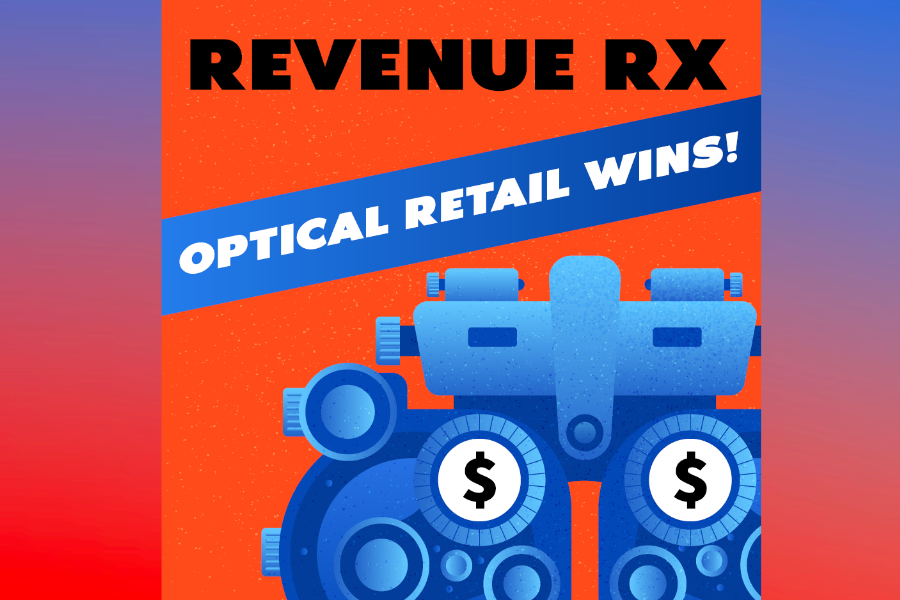
I’ll level with you: closing your eyes and hoping tariffs “blow over” isn’t a strategy. In this episode of Revenue RX, I unpack what tariffs really are, why they’re back in the headlines, and—most importantly—how they ripple through frame and lens costs, margins, patient behavior, and your day-to-day operations. I’m not here to debate politics. I’m here to help optical owners protect the bottom line, steady the team, and keep patients saying “yes,” even when prices are under pressure.
Tariffs 101—Why They Exist and Why You’re Feeling Them
A tariff is simply a tax on imported goods. Governments use them to shield domestic industries, raise revenue, and gain leverage in trade talks. That’s the theory. On the ground, we feel it as higher landed costs, tighter selection, and, sometimes, slower supply chains. There are upsides (support for local manufacturing, potential job protection) and downsides (consumer price hikes, retaliation, and innovation slowdowns). In the episode, I translate this macro picture into what it actually means for an optical dispensary that lives and breathes frames, lenses, service, and trust.
How Tariffs Hit an Optical Store—Directly and Indirectly
First, the obvious: when tariffs land on imported frames or lens components, your cost base goes up. You either pass it along (risking price sensitivity) or absorb it (compressing margins). But the second-order effects matter just as much: some suppliers trim assortments; shipping windows wobble; and patients, feeling the pinch across groceries and gas, start delaying purchases, trading down, or shopping online “just to compare.” If you treat this like a one-lever pricing problem, you’ll lose ground. Treat it like a full-stack business problem—sourcing, pricing, merchandising, communication, and care—and you’ll stay ahead.
Owner Playbook—Practical Moves You Can Control
I walk through a set of proactive levers you can pull right now:
- Diversify sourcing. Add secondary vendors, consider tariff-free/low-tariff geographies, and explore private-label where it makes sense. Partner tighter with local labs and any viable domestic frame makers to stabilize turn times.
- Tighten assortment. Double down on proven sellers, trim low-velocity fashion risks, and keep a clean good–better–best spread that supports step-ups without sticker shock.
- Reframe pricing. Use transparent menus, bundle frame + lens packages, and create time-bounded offers that build urgency without training patients to wait forever. Give your team guardrails for discretionary flexibility.
- Smooth the path to “yes.” Offer financing or installment options, leverage loyalty perks, and keep repairs/adjustments/cleanings complimentary and visible. Value isn’t only price—it’s confidence and convenience.
- Pre-buy with intent. Where feasible and cash-flow allows, buy ahead of known increases, then pace replenishment to protect working capital. Coordinate closely with vendors to avoid dead inventory.
Winning the Patient Conversation During Price Pressure
Tariffs are macro; conversion is micro. That means your chair-side and board-side communication matter more than ever. Lead with discovery (lifestyle, work, hobbies), translate features into lived benefits (comfort, clarity, durability, eye health), and position step-ups as problem solvers, not splurges. If a patient is price-sensitive today, keep the relationship warm: second-pair plans, future-dated promos, and a service experience that feels like you’re on their side. Empathy is a strategy. When people feel understood, they’re more likely to buy—and to come back.
What Your Customers Are Quietly Navigating
Your patients are juggling rising costs and uncertainty. Expect more comparison shopping, longer decision cycles, and a tilt toward essentials. Some will reuse frames and swap only lenses. Others will wait for sales or move to private-label. In the episode, I outline how to meet each mindset: present right-sized solutions, spotlight durable value, and keep premium options within reach through phased upgrades and financing. The goal isn’t to “win the argument”—it’s to win trust and make a responsible recommendation that fits today, with a path to “next.”
Leading the Team Through Tariff Turbulence
Conversion is a team sport. Share margin targets and cost realities so pricing decisions aren’t guesswork. Stop micro-managing and give clear autonomy within rules. Train consultative skills and objection handling (“value vs. price” pivots, time-bound incentives, and confident hand-offs from exam room to dispensary). Equip the team with the right product mix, the right talking points, and the right tools—then recognize wins publicly so the culture tilts toward proactive problem-solving.
My Bottom Line
Tariffs aren’t a reason to stall. They’re a reason to tighten your playbook. Source smarter. Price with clarity. Merchandise for decisions. Communicate with empathy. And enable your team to lead. Do that, and you’ll protect margins, retain patients, and come out stronger on the other side.

Joseph Mireault
Joseph Mireault, Optical Entrepreneur, Business Coach, and Published Author.
Joseph was the owner and president at Tru-Valu Optical and EyeWorx for 16 years. During his tenure, he consistently generated a sustainable $500K in annual gross revenue from the dispensary.
He now focuses on the Optical industry, and as a serial entrepreneur brings extensive experience from a variety of different ventures.
Joseph is also a Certified FocalPoint Business Coach and looks to work directly with ECPs in achieving their goals.
Through his current endeavour, the (Revenue RX, Optical Retail Wins podcast) he shares the challenges and solutions of running an Optical business.
His insights are shared with optical business owners aspiring for greater success in his new book, “An Entrepreneur’s Eye Care Odyssey: The Path to Optical Retail Success.”
